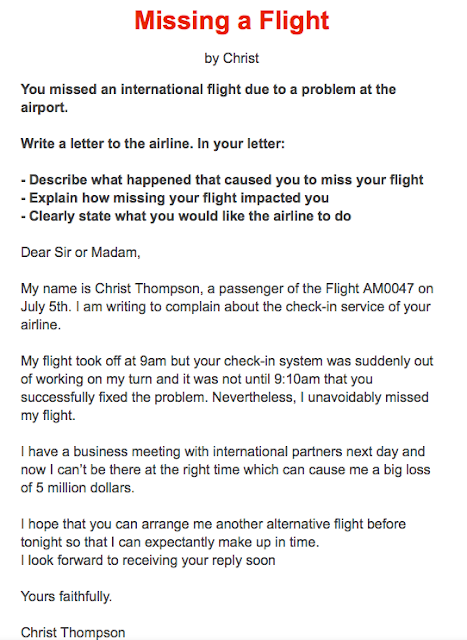Azure Tutorials Series | Load Balancing | Azure Application Gateway | Azure CDN
In previous article, we have gone through Azure Networking and terminologies used while deciding a network. In this article, we will learn about load balancing, Azure application gateway, Content Delivery network, DNS, Azure traffic manager, network latency and difference between Azure traffic manager and load balancer.
Azure Load Balancing
- Provides high availability with an SLA of 99.999%
- Highly resilient - An ability to stay operational during catastrophic times such as natural disasters, DDoS attacks.
- The function of load balancer is to equally distribute the traffic, as if high traffic comes in, it distributes among other peers.
Azure Load Balancer
- Provides low latency - Ability of a computer network to process a very high volume of data messages with minimal latency(delay)
- Supports TCP and UDP applications
- Allows port forwarding
- Let's suppose, one VM is unresponsive, Azure Load Balancer will route the traffic to the pool of other VMs.
Azure Application Gateway
- Recommended to use when all your traffic is HTTP or web application
- Makes use of Load Balancer
- Functionalities includes
- Cookie Affinity
- SSL Termination
- Web Application firewall
- URL rule- based routes
- Rewrite HTTP headers
Content Delivery Network
- Provides better performance to end users
- Low latency, effectively distributes the data to users
- For an example, Wordpress is a CDN platform which provides multimedia content to its user with high performance
- Using Azure Content Delivery Network(CDN) you can develop a video streaming website with access by users worldwide and host large video calls.
- CDN can speed up the delivery of
- Images
- Videos
- PDFs
- Javascript files
- Any static file that doesn't change.
DNS
- Often used whenever we speak of networking
- Stands for Domain Name Server, used to map user friendly names to IP addresses
- For an example, testinghackersz..com might have IP such as - 192.10.55.25
- You might want to being your own DNS or Azure DNS
Azure Traffic Manager
- DNS based traffic load balancer
- Traffic manager works at the DNS level, and directs the client to a preferred endpoint across region.
- Traffic manager can be configured to the on-prem network
- Azure Traffic Manager can reduce latency by providing exact copy of the service in more than one region.
Network Latency
- The time taken for the data to travel over the network, measure in milliseconds.
- Bandwidth vs Latency
- Bandwidth is the amount of data that can fit into the connection
- Latency is the time taken by the data to travel over the network
- Major parameter for Latency is Distance.
Load Balancer vs Traffic Azure Manager
- Azure Load Balancer distributes the traffic over the same region
Thank you for reading! Happy Learning!


Comments
Post a Comment